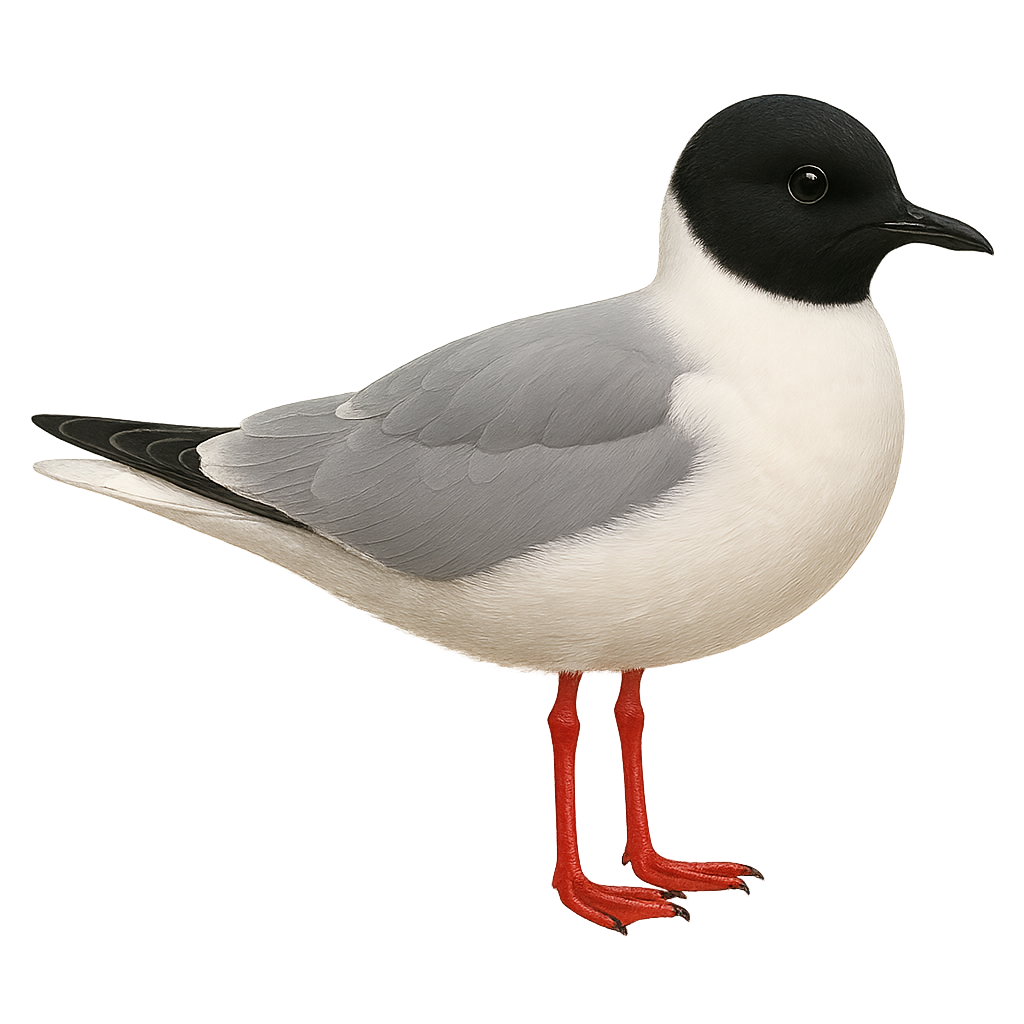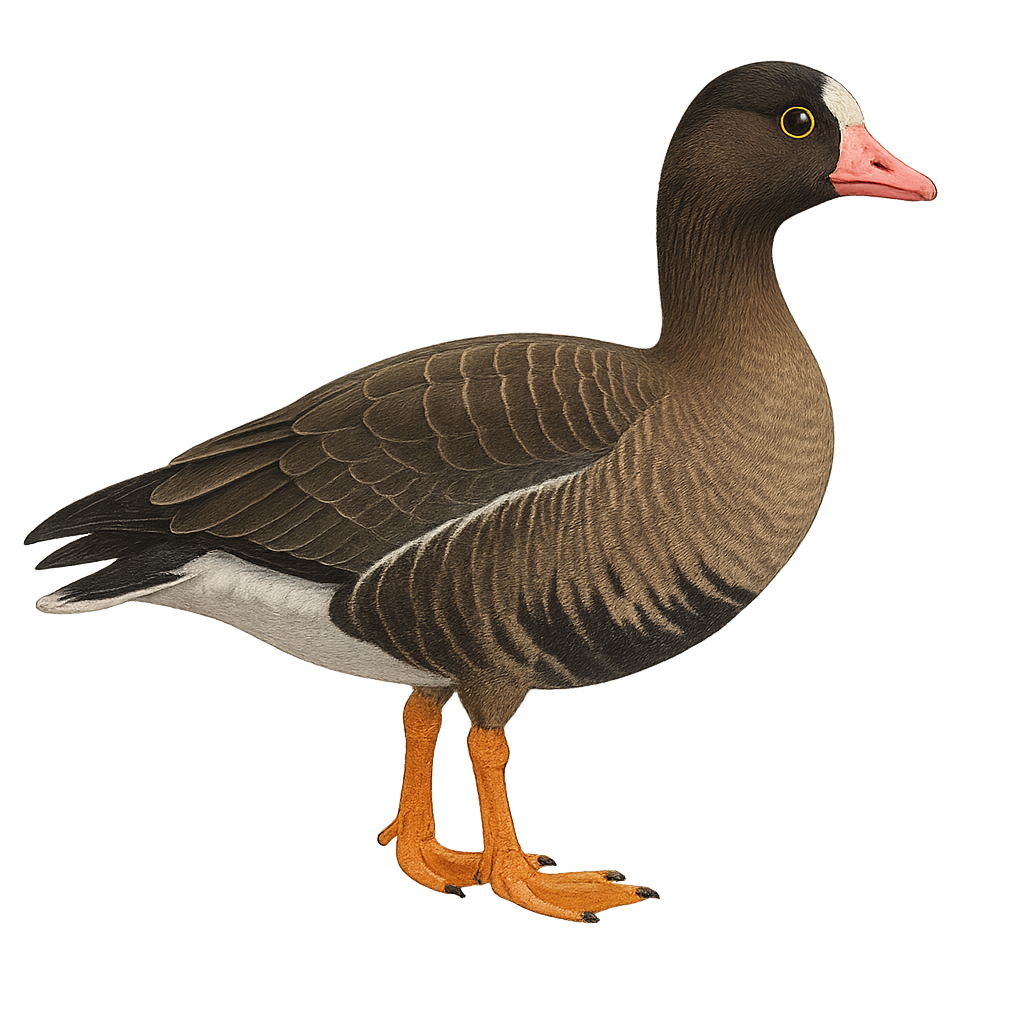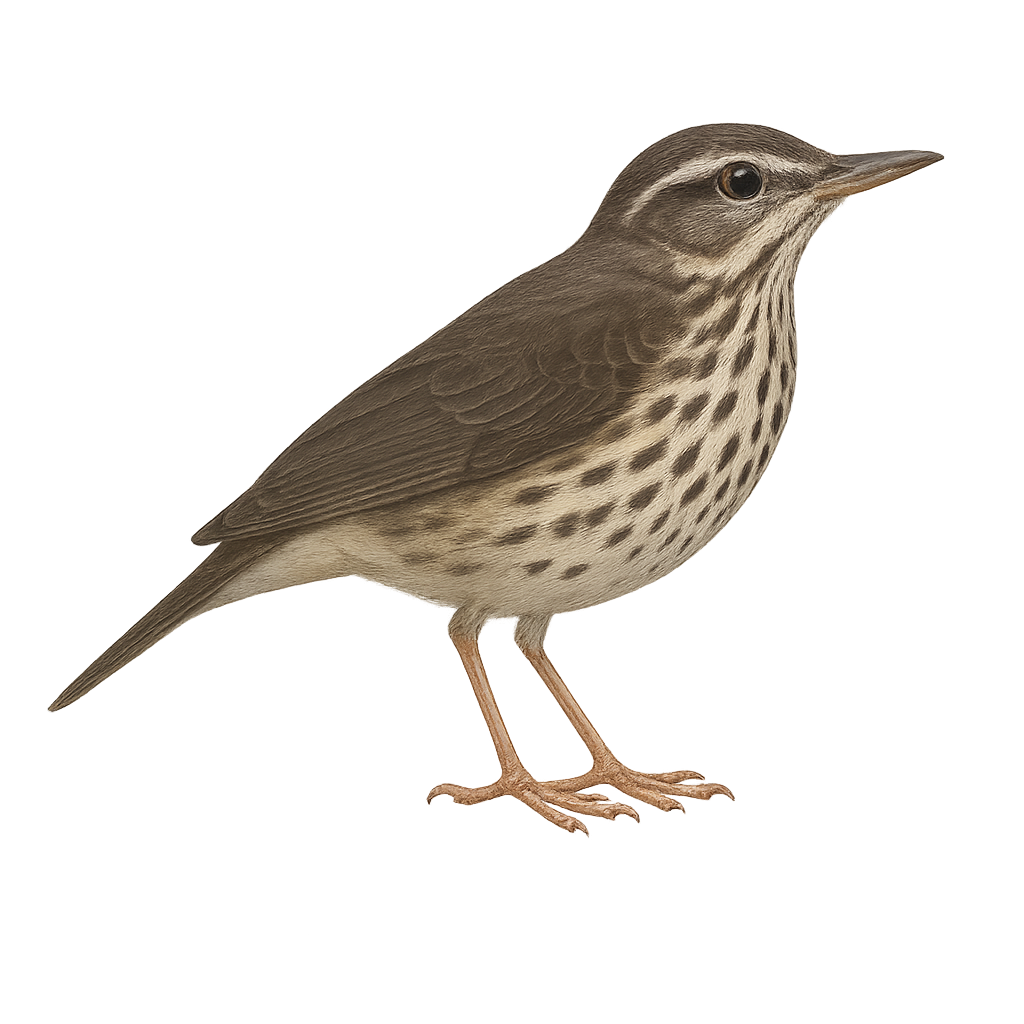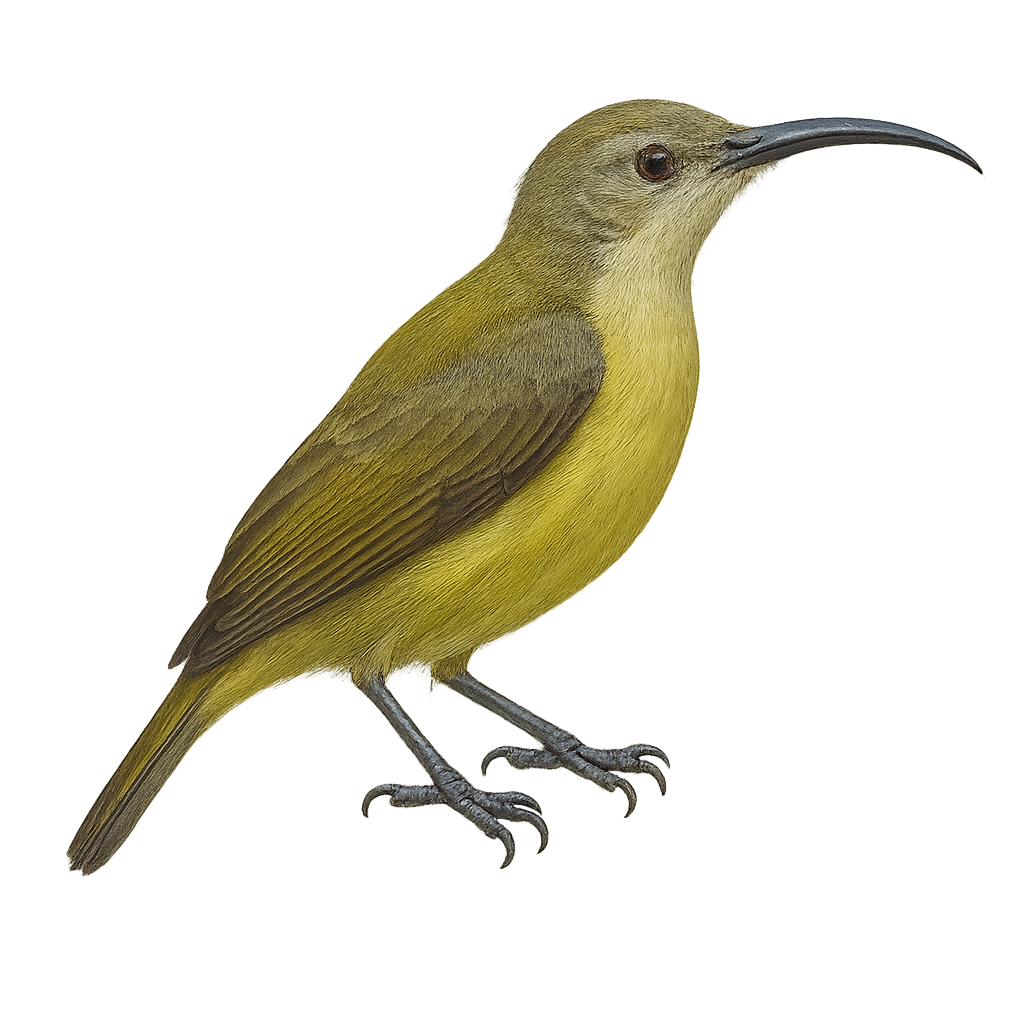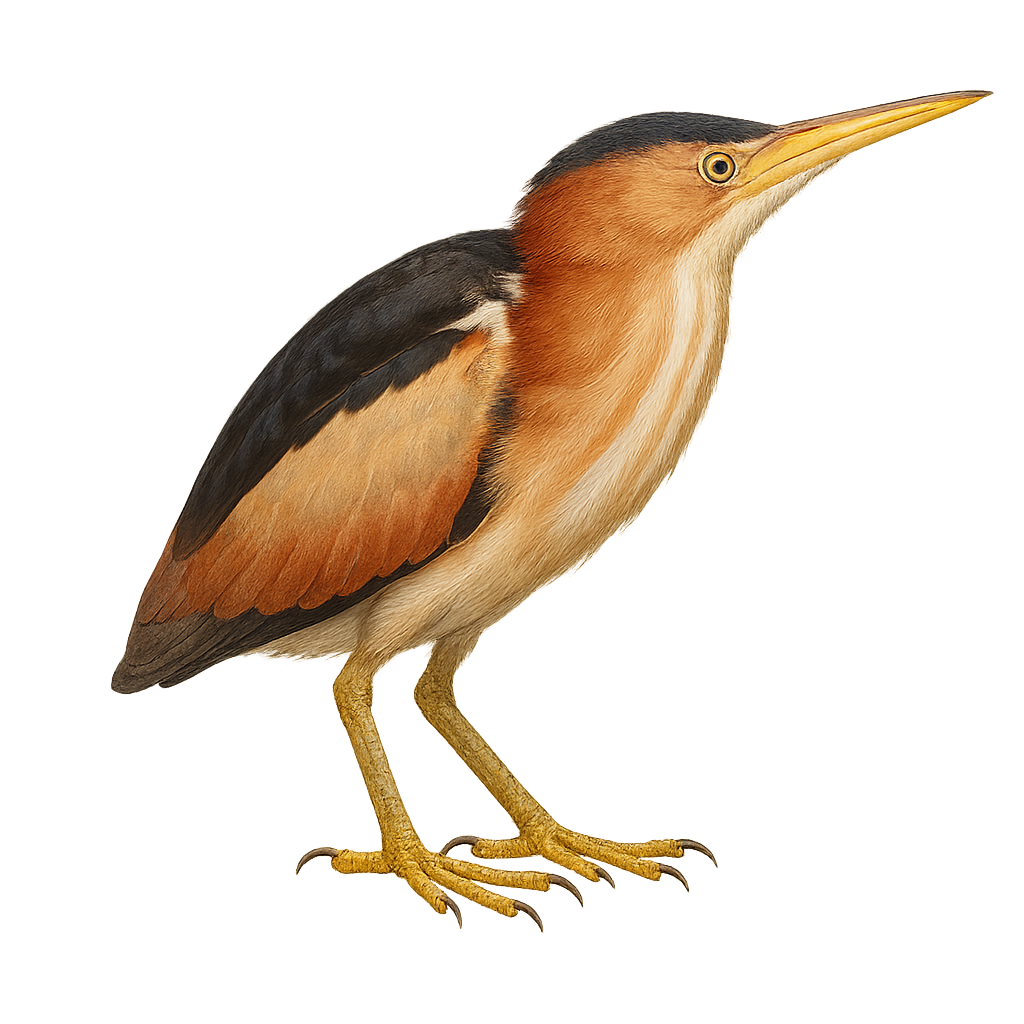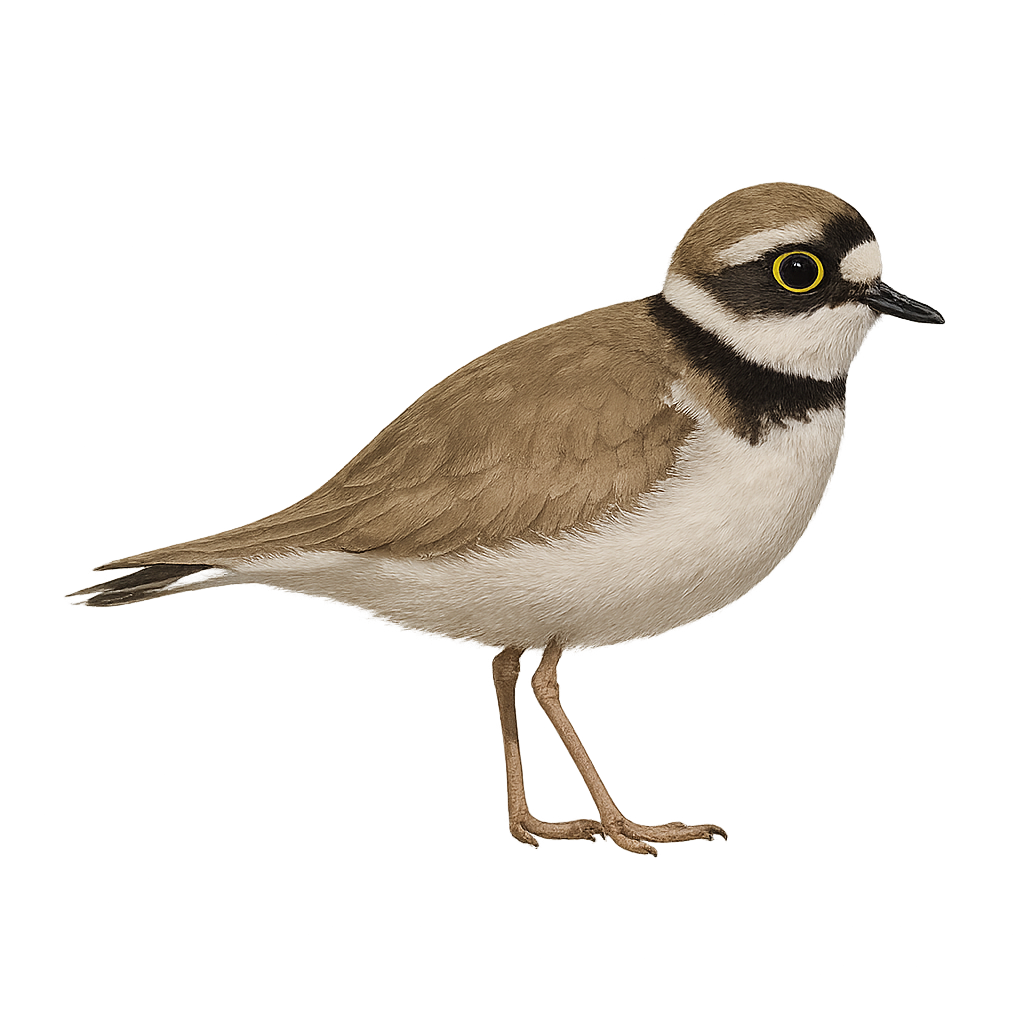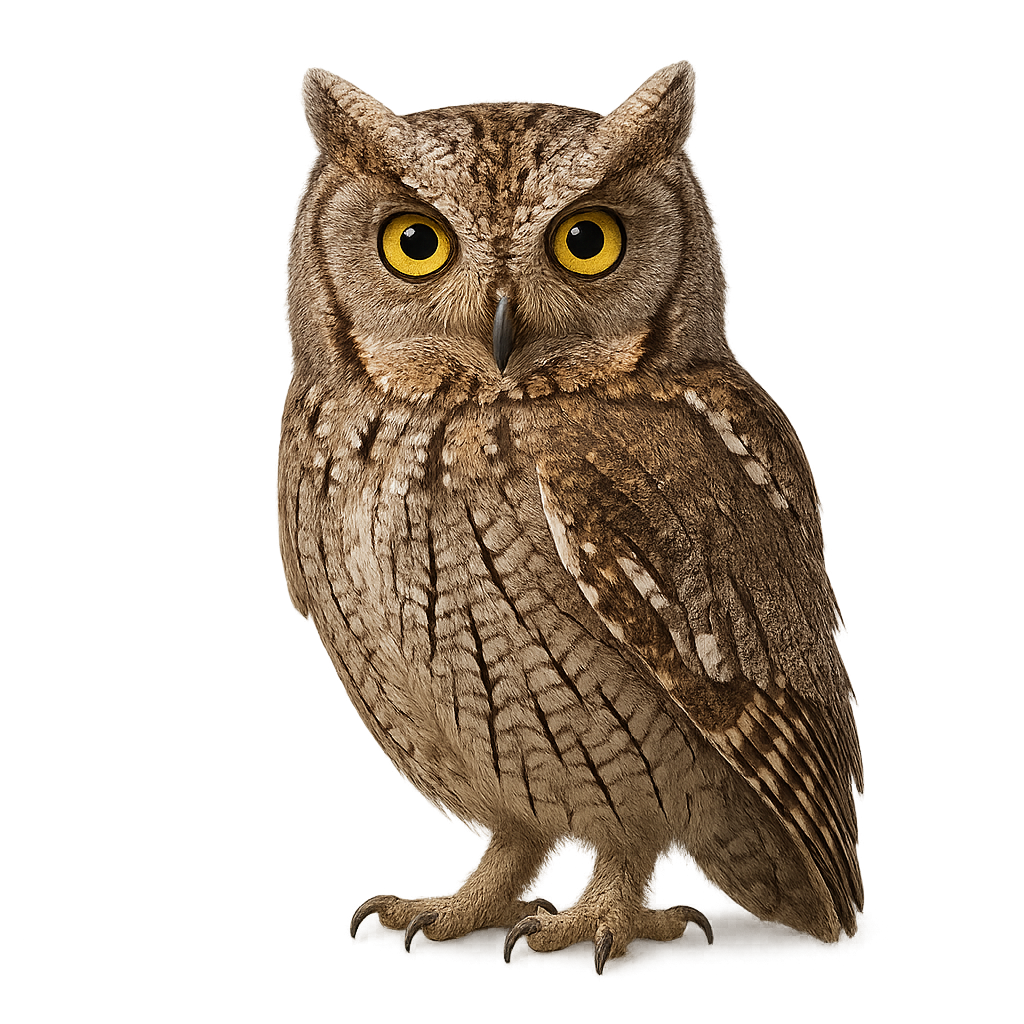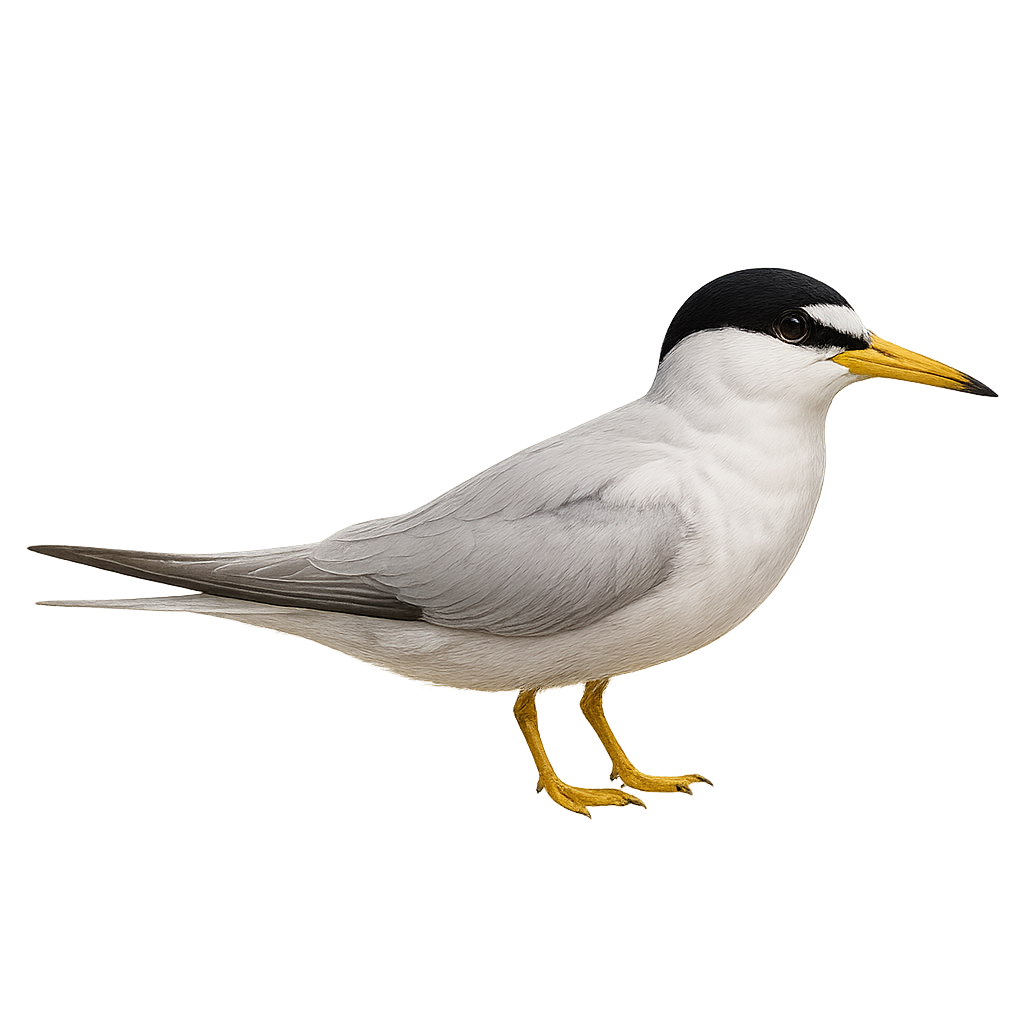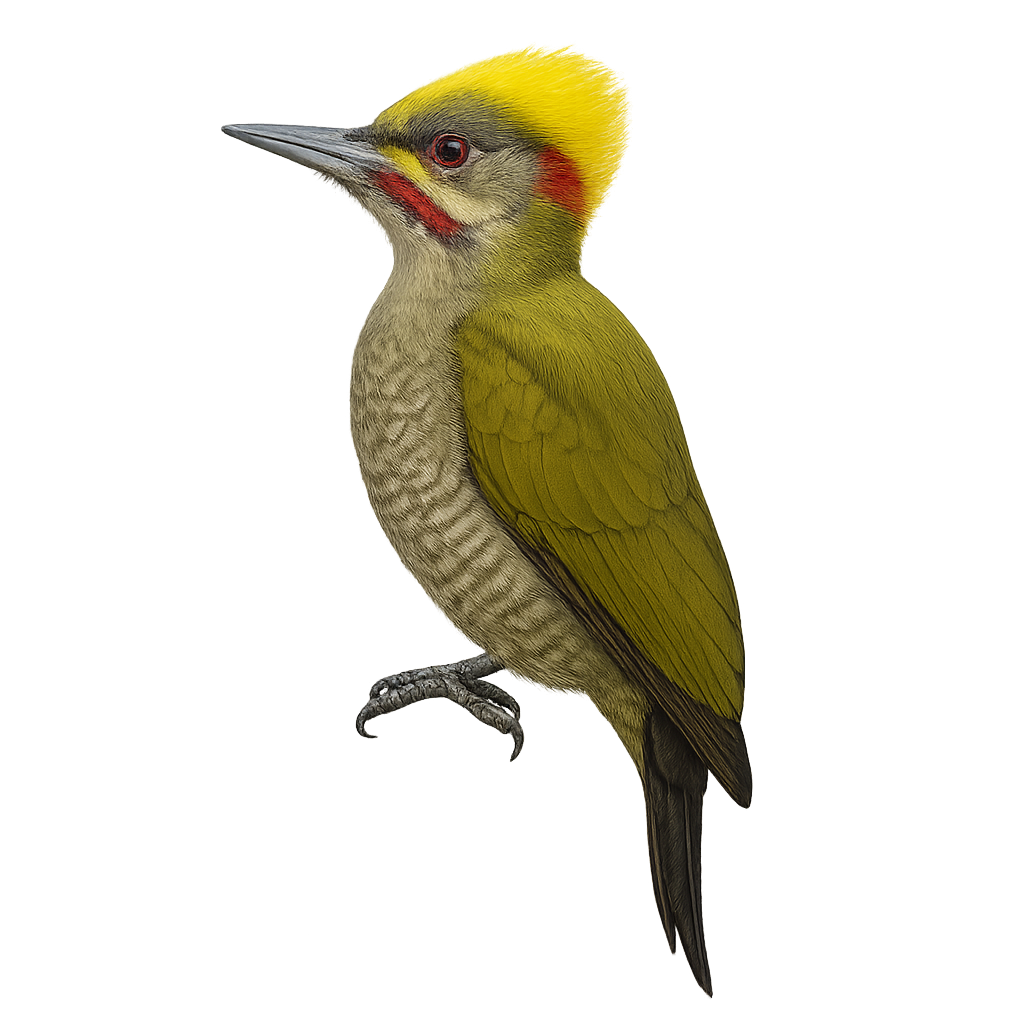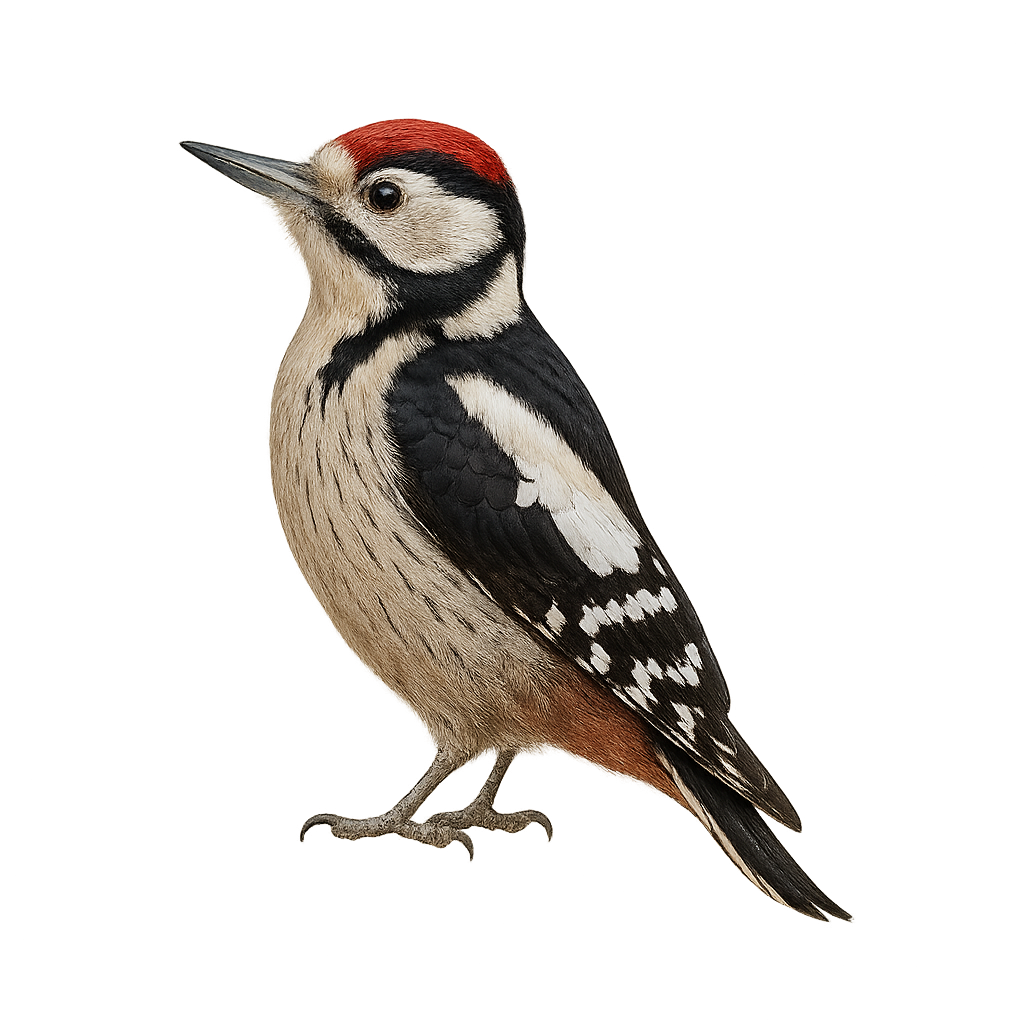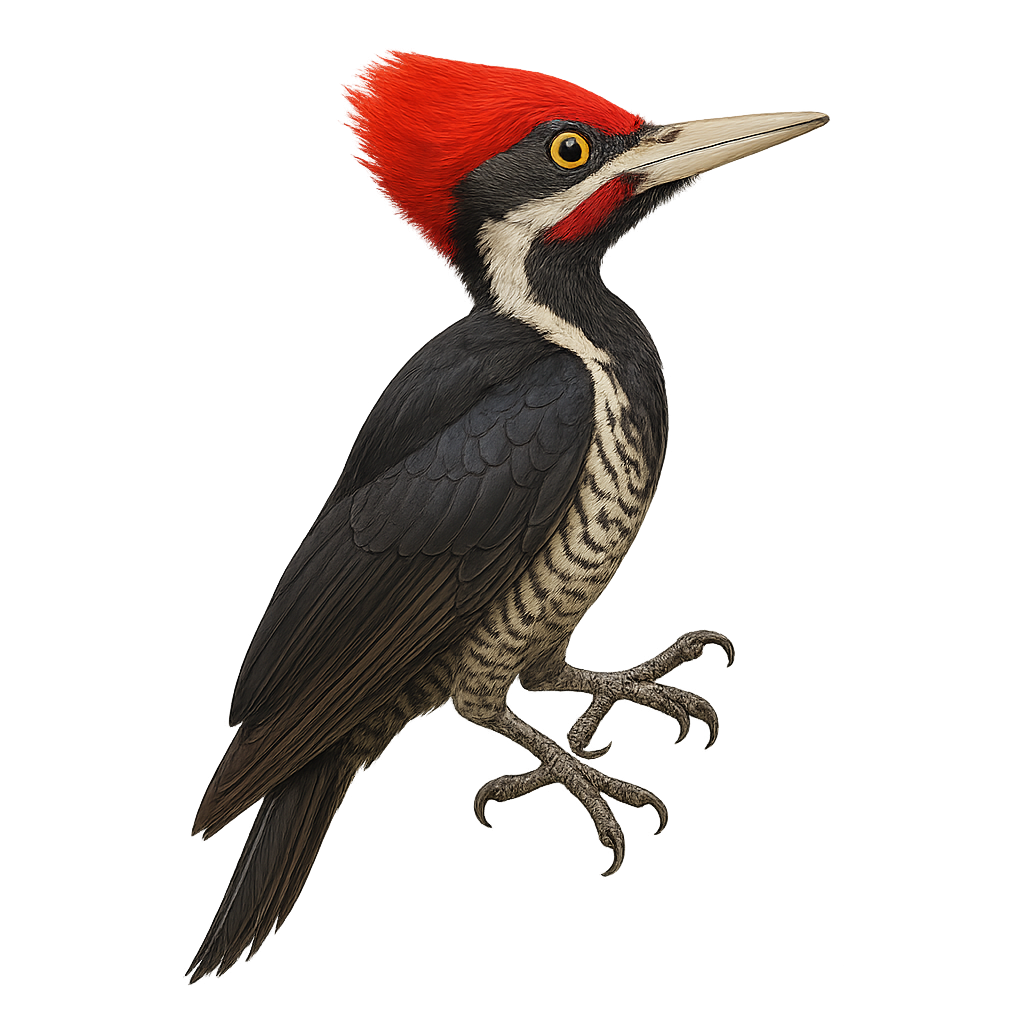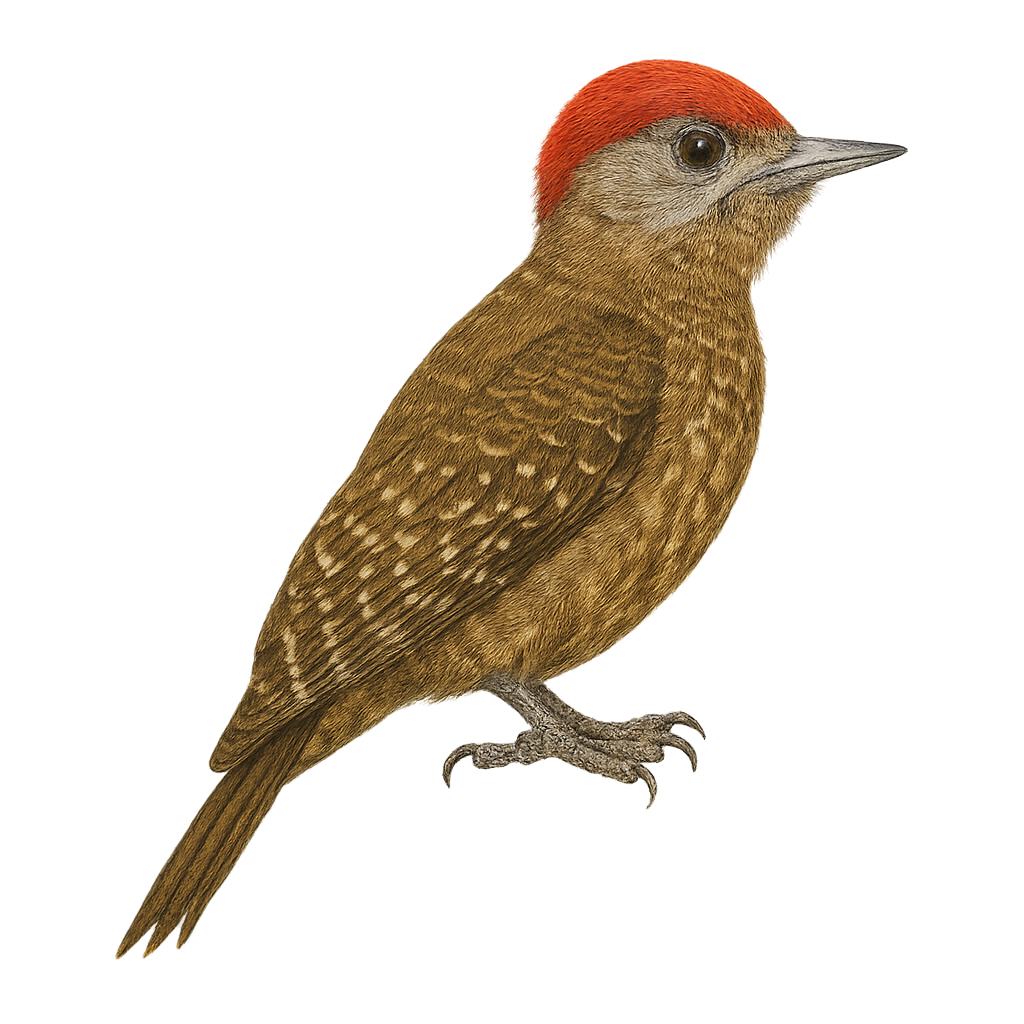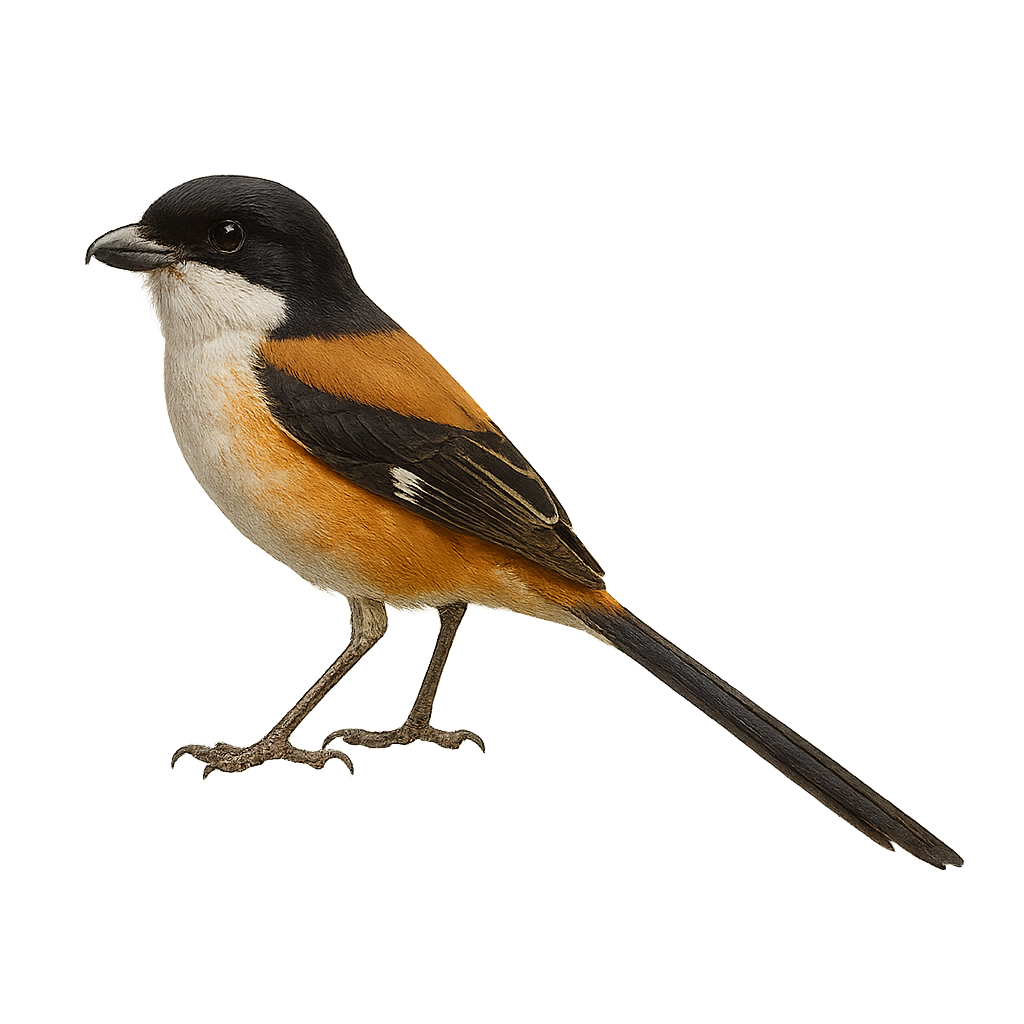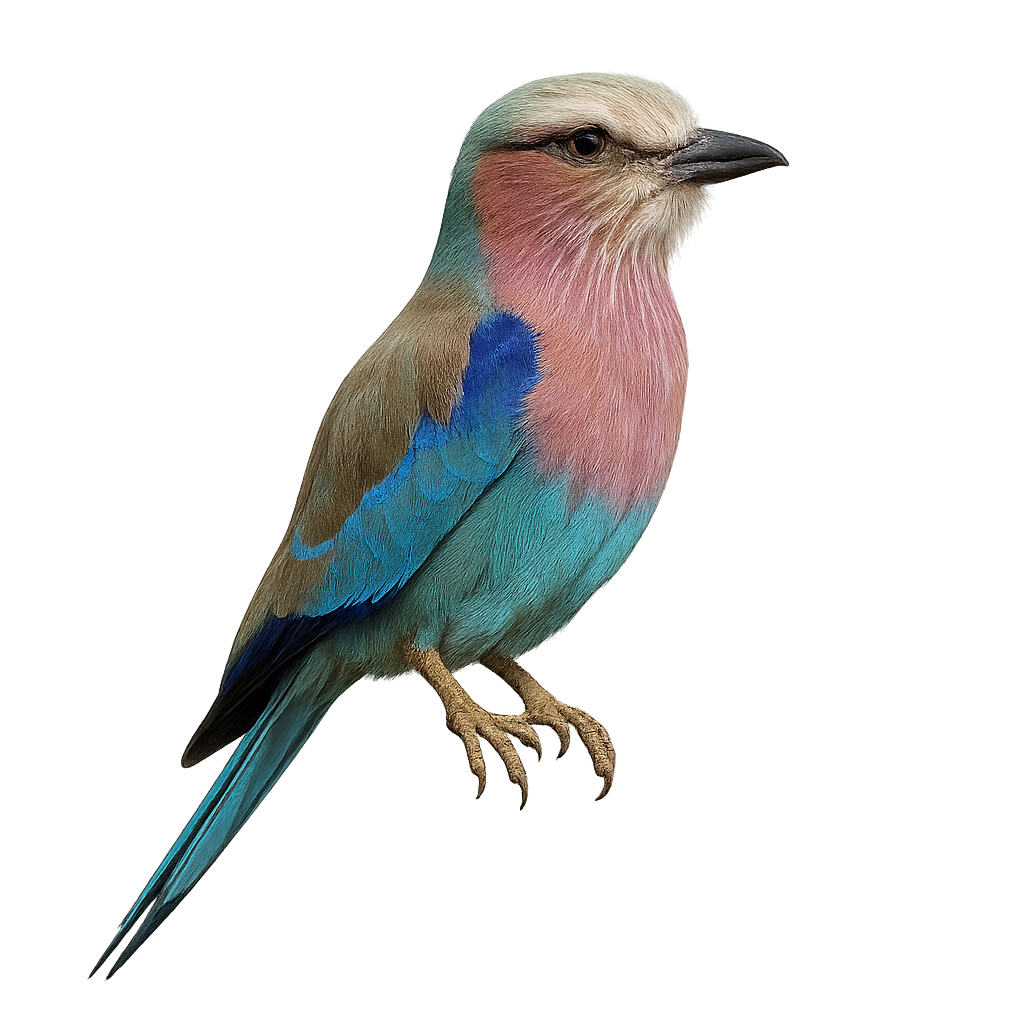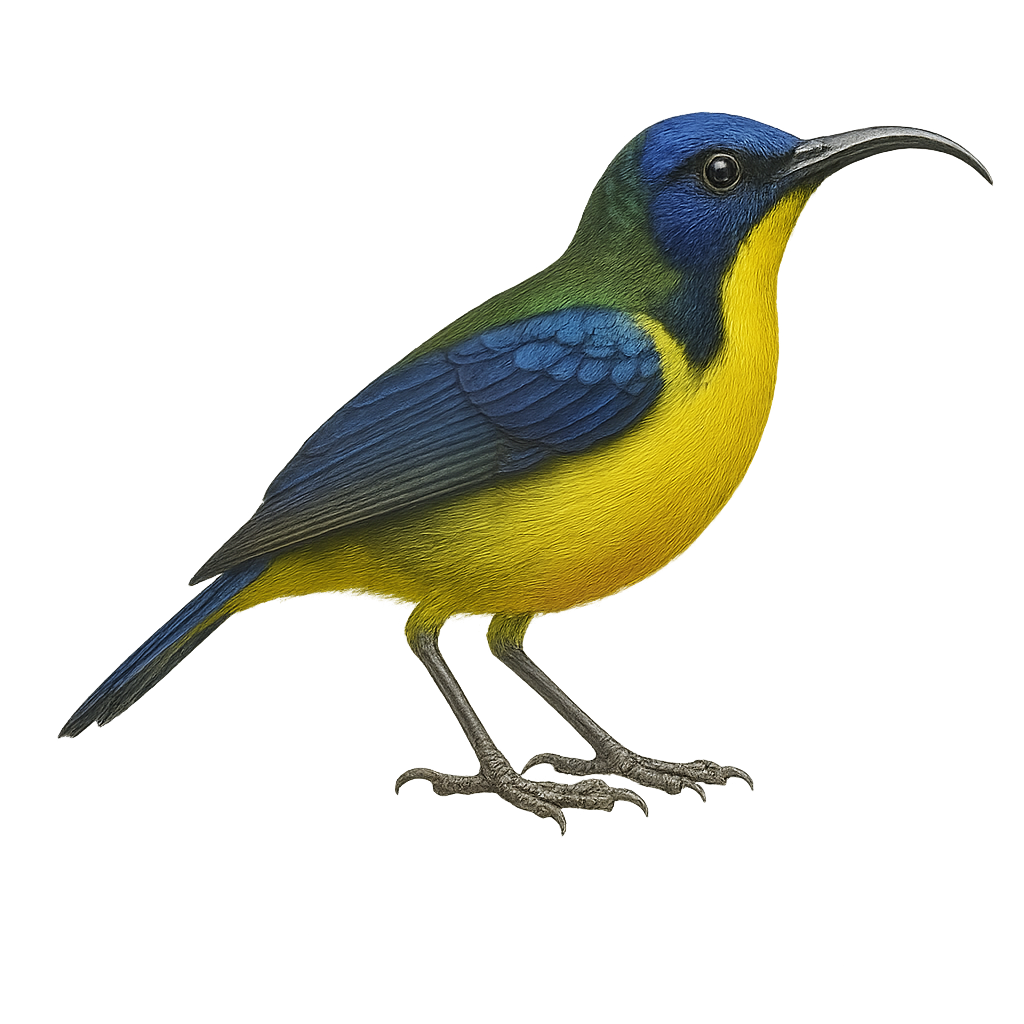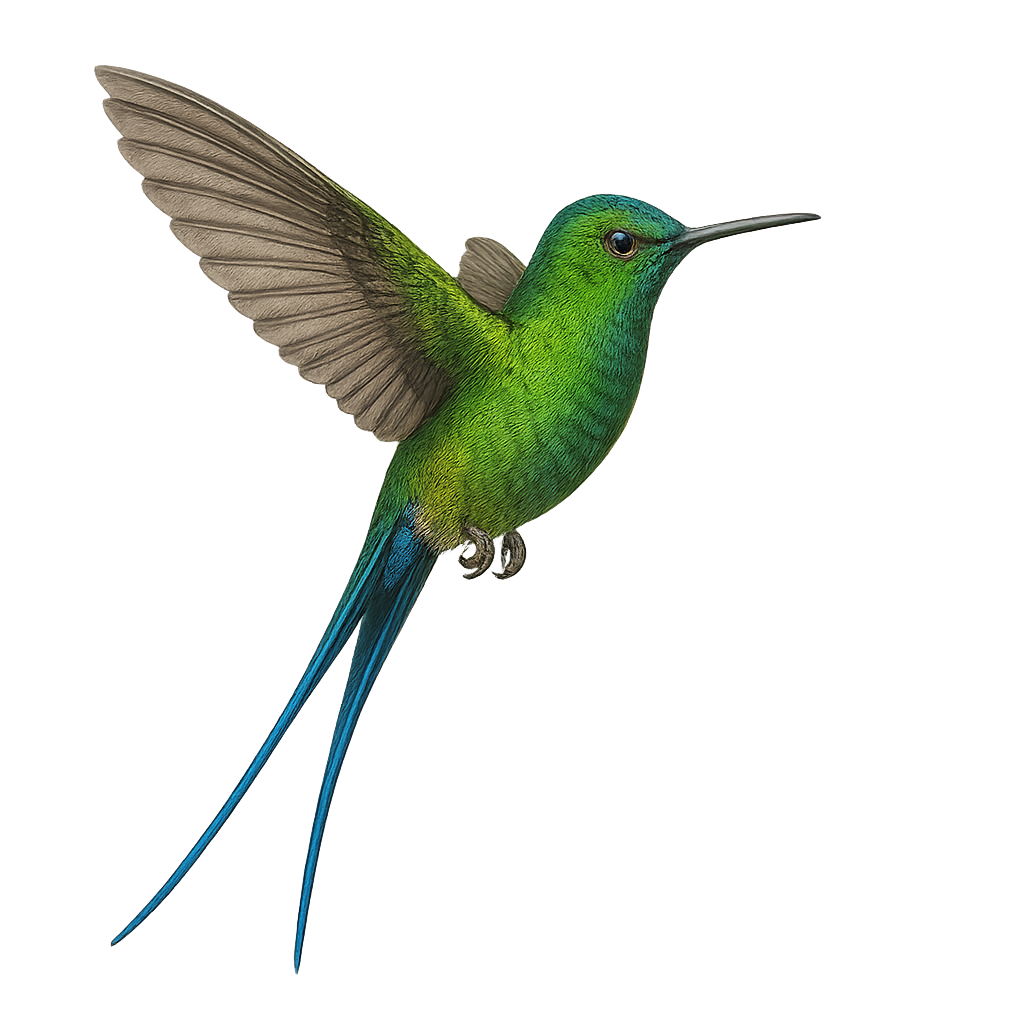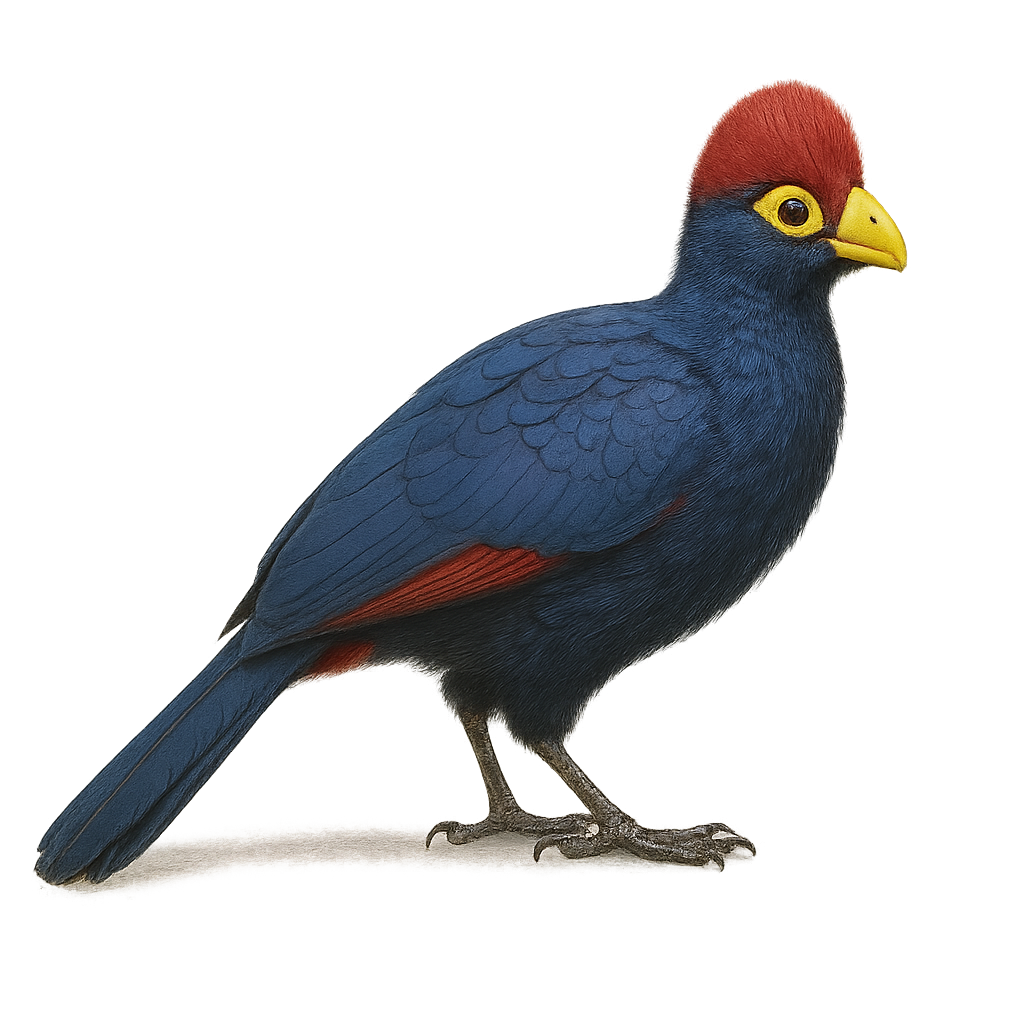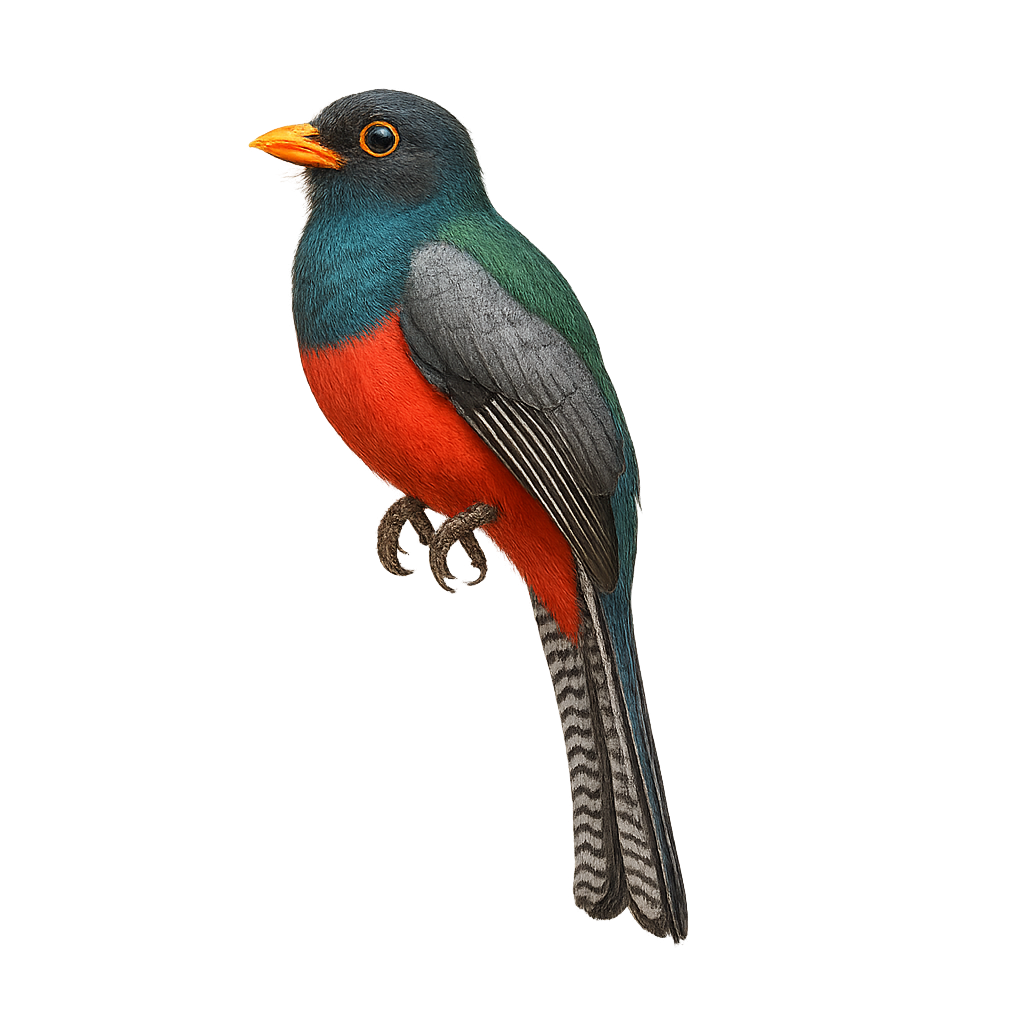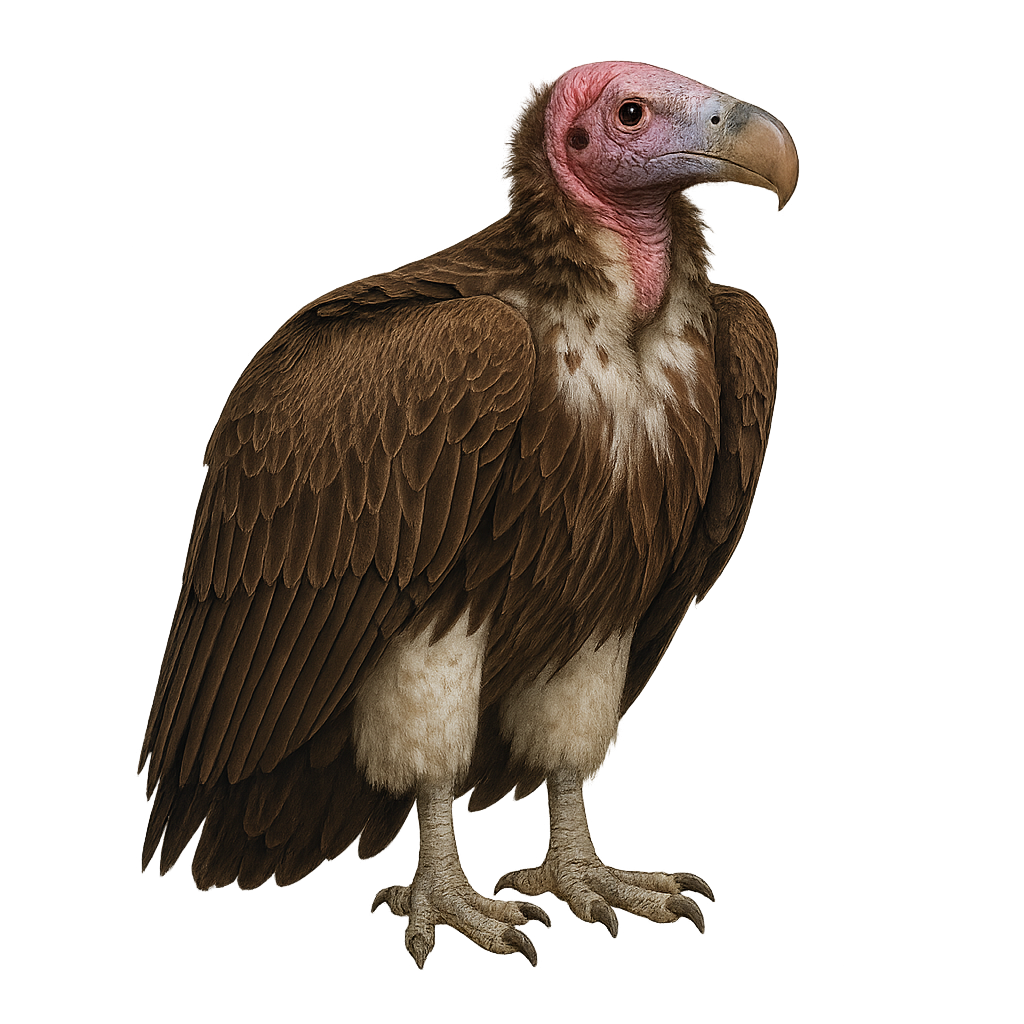The Little Gull, Hydrocoloeus minutus, is the smallest gull species, measuring about 25 to 30 cm in length with a wingspan of 60 to 78 cm. It is characterized by its delicate plumage, with a pearl-gray back and white wings tipped with black. During the breeding season, its head turns black, contrasting with its white body. It inhabits wetlands, lakes, and estuaries, feeding mainly on small fish and aquatic insects. A migratory bird, it breeds in northern regions and winters further south. Its flight is light and graceful, often compared to that of a swallow. Though discreet, it is appreciated by birdwatchers for its elegance and social behavior.
The Leach's Storm Petrel is a small seabird from the Hydrobatidae family, known for its graceful flight and long migrations. It measures about 18 to 21 cm in length with a wingspan of 43 to 48 cm. Its plumage is mostly dark brown with a distinctive white patch at the base of the tail. This bird spends most of its life at sea, only returning to land to breed. It nests in burrows or crevices on isolated islands. The Leach's Storm Petrel primarily feeds on plankton and small fish, which it captures at the water's surface. It is often seen "walking" on water thanks to its webbed feet.
The Lesser White-fronted Goose, Anser erythropus, is a small waterbird species belonging to the Anatidae family. It is characterized by its brownish-grey plumage, a distinctive white band on the forehead, and a yellow eye-ring. Adults measure about 53 to 66 cm in length with a wingspan of 120 to 135 cm. They breed in the Arctic and subarctic regions of Europe and Asia, migrating south for the winter. Their preferred habitats include marshes, lakes, and wet meadows. Unfortunately, this species is declining due to habitat loss and hunting, leading to its classification as vulnerable by the IUCN.
The Louisiana Waterthrush, or Parkesia motacilla, is a small songbird in the Parulidae family. It is characterized by its olive-brown upperparts and white underparts streaked with black. Its tail is often seen bobbing up and down, giving it its name. This bird inhabits moist forests and streams, feeding mainly on aquatic insects. It is migratory, spending winters in Central America and summers in North America. Known for its melodious and complex song, it is often heard near streams. Although its habitat is threatened by deforestation, it remains relatively common within its range.
The Lazuli Bunting, or Passerina amoena, is a small songbird native to North America, known for its vibrant plumage and melodious songs. The male displays bright colors with azure blue on the head and back, contrasting with a white belly and orange chest. The female, more subdued, has brown and gray tones. These birds inhabit open areas, forest edges, and thickets, feeding mainly on seeds and insects. Their breeding season spans from spring to summer, during which they build cup-shaped nests in shrubs. Lazuli Buntings are migratory, wintering in the southern United States and Mexico.
The Little Spiderhunter is a small bird from the Nectariniidae family, predominantly found in Southeast Asia. It is characterized by its long, curved bill, perfect for extracting nectar from flowers. Its plumage is typically olive on the upper parts and paler underneath, allowing it to blend seamlessly into its natural habitat. It primarily inhabits tropical rainforests, forest edges, and occasionally gardens. This bird is often seen flitting from flower to flower, playing a crucial role in pollination. Although generally solitary, it can sometimes be observed in small groups. Its adaptability to various habitats provides resilience against environmental changes.
The Least Bittern, Botaurus exilis, is a small, elusive bird often hidden in dense marshes and reed beds. It is the smallest heron, measuring about 30 to 38 cm in length. Its plumage is mainly brown with lighter streaks, allowing it to blend seamlessly into its surroundings. Known for its vertical posture, it mimics reeds to camouflage itself. Its diet consists mainly of small fish, aquatic insects, and crustaceans. The Least Bittern is a migratory bird, spending winters in warmer regions of Central and South America. Its population is stable, but it remains vulnerable to habitat destruction.
The Little Ringed Plover is a small migratory bird primarily found in wetlands, sandy beaches, and riverbanks in Europe, Asia, and North Africa. It measures about 18 cm in length and weighs between 30 and 50 g. Its plumage is gray-brown on the back, with white underparts and a distinctive black ring around the neck and eyes. The Little Ringed Plover primarily feeds on small invertebrates, mollusks, and insects found by foraging in sand and along water edges. This bird is an excellent runner and flies very quickly. While its population remains relatively stable, the Little Ringed Plover is threatened by habitat loss, pollution, and human disturbances during its breeding season.
The Scops Owl is a small owl native to Europe, Asia, and North Africa. It measures about 22 cm in length and weighs between 100 and 150 g. Its plumage is primarily gray-brown, with patterns of spots and streaks that help it blend into foliage and tree trunks. It has tufts of feathers on its head, giving it a distinctive appearance. The Scops Owl is a nocturnal bird, primarily feeding on small mammals, insects, and occasionally small birds that it hunts at night. It is often seen perched on tree branches or utility poles. While this species is not in immediate danger, it is sometimes affected by habitat loss and human disturbances.
The Least Tern, Sternula antillarum, is a small seabird belonging to the Laridae family. It is recognizable by its small size, white and gray plumage, and bright yellow bill. During the breeding season, it sports a black cap contrasting with its white forehead. It frequents sandy beaches, estuaries, and coastal lagoons where it nests in colonies. The Least Tern is a migratory bird, spending winters in South America and returning to North America to breed. It primarily feeds on small fish, which it catches by skillfully diving. Although its population is stable, it is vulnerable to habitat loss and human disturbances.
The Lesser Yellownape, or Picus chlorolophus, is a medium-sized woodpecker belonging to the Picidae family. It is easily identifiable by its distinctive yellow crest and olive-green plumage. This bird is primarily arboreal, inhabiting the tropical and subtropical forests of Southeast Asia, including India, Nepal, Thailand, and Malaysia. It feeds mainly on insects, which it extracts from tree bark using its strong beak. The Lesser Yellownape is a diurnal bird, often seen alone or in pairs. Although its habitat is threatened by deforestation, it is currently classified as Least Concern by the IUCN.
The Lesser Spotted Woodpecker is a small bird from the woodpecker family, primarily found in deciduous and mixed forests of Europe and Asia. It measures about 20 cm in length, with a wingspan of 30 to 35 cm, and weighs between 30 and 40 g. Its plumage is mainly black and white, with a small red patch on the nape, visible mostly in males. The Lesser Spotted Woodpecker is distinguished by its smaller size compared to the Great Spotted Woodpecker and its foraging habits. It primarily feeds on small insects found under the bark of trees, using its beak to strike quickly and its long tongue to extract the insects. It is an excellent climber and spends much of its time in trees. Although its population remains stable, this species may be affected by habitat loss due to deforestation.
The Lineated Woodpecker, Dryocopus lineatus, is a medium-sized bird known for its striking black and white plumage and the bright red crest on males. It primarily inhabits tropical and subtropical forests in Central and South America. This woodpecker is often seen drumming on tree trunks to feed on insects and larvae hidden beneath the bark. It plays a crucial role in the ecosystem by controlling pest insect populations. Although generally solitary, it can sometimes be seen in pairs, especially during the breeding season. Its call is a distinctive "klee-klee-klee" that echoes through the forest.
The Little Woodpecker, or Dryobates passerinus, is a small woodpecker native to South America, identifiable by its olive-brown plumage and barred belly patterns. It measures about 14 to 15 cm in length and weighs between 20 and 30 grams. This woodpecker is adept at climbing tree trunks in search of insects, its primary food source. It primarily inhabits tropical and subtropical forests but can also be found in more open wooded areas. Its call is discreet, consisting of small, high-pitched sounds. Although relatively common within its range, it is often difficult to spot due to its small size and discreet behavior.
The lesser grey shrike is a medium-sized forest raptor (16–18 cm) with bluish-grey upperparts and pale pink underparts, marked by a broad pale wing patch. It inhabits woodland edges, grasslands, open farmland and scattered bushes, feeding mainly on small birds, insects and reptiles.
The Long-tailed Shrike is a medium-sized bird known for its distinctive long tail and striking plumage. It features a brown back, white belly, and a black head with a black facial mask. Often seen perched on branches or wires, it vigilantly watches over its territory. This bird is noted for its aggressive behavior towards intruders and its ability to capture prey larger than itself, often impaling them on thorns or barbed wire. The Long-tailed Shrike is an opportunistic predator, primarily feeding on insects, small birds, and rodents. It is widely distributed across Asia, particularly in India, China, and Southeast Asia, inhabiting various environments from open forests to agricultural areas.
The Lilac-breasted Roller, known for its vibrant plumage, is an iconic bird of the African savannas. Its head and chest display lilac hues, while its wings exhibit a mix of bright blue and green. This bird is often seen perched on trees or poles, scanning the ground for insects and small vertebrates. During the breeding season, it performs spectacular aerial displays, diving and rolling in the air. Although primarily sedentary, it may undertake short migrations depending on climatic conditions. The Lilac-breasted Roller plays a crucial role in the ecosystem by controlling insect populations.
The Long-tailed Rosefinch, Carpodacus sibiricus, is a small passerine bird belonging to the Fringillidae family. It is easily recognizable by its long tail and bright pink plumage in males, while females display more brownish hues. This rosefinch is primarily found in Asia, particularly in Siberia, which is reflected in its scientific name. It inhabits coniferous forests, taigas, and shrublands. Its diet mainly consists of seeds, supplemented by insects during the breeding season. The Long-tailed Rosefinch is a partial migratory bird, moving southward in winter to avoid harsh climatic conditions.
The Lina's Sunbird, scientifically known as Aethopyga linaraborae, is a bird from the Nectariniidae family, endemic to the Philippines. This small bird, measuring about 10 cm in length, is renowned for its vibrant plumage, displaying a spectrum of colors from red to metallic green. Males feature a striking red throat and a shiny green back, while females are more subdued with olive-green hues. They primarily inhabit tropical rainforests and mountainous regions. Their diet mainly consists of nectar, but they also consume insects to supplement their nutrition. Lina's Sunbird plays a vital role in the pollination of local plants.
The Long-tailed Sylph is a captivating hummingbird, easily recognized by its long, iridescent blue-green tail and vibrant plumage. It primarily inhabits the humid forests and forest edges of the Andes, where it feeds on nectar and insects. This hummingbird is a master of hovering flight, allowing it to feed efficiently from flowers. Males are particularly notable for their spectacular tails, used to attract females. Although generally solitary, this bird can be seen in small groups during the breeding season. Its song is a gentle chirping, often heard at dawn.
The Lesser Masked Weaver, Ploceus intermedius, is a medium-sized bird belonging to the Ploceidae family. It is primarily found in sub-Saharan Africa, inhabiting savannas, woodlands, and marshes. This bird is recognizable by its bright yellow plumage and distinctive black facial mask in males. Females and juveniles have duller, generally brownish plumage. The Lesser Masked Weaver is a prolific nest builder, using grass blades and leaves to create complex structures suspended from branches. It primarily feeds on insects, seeds, and fruits. Its song is a mix of chirps and whistles, often heard during the breeding season.
The Lady Ross's Turaco, Tauraco rossae, is a striking bird known for its vibrant plumage and fascinating social behaviors. Native to the forests of Central Africa, this bird features predominantly blue-violet plumage with shades of green and red, making it easily recognizable. It is often seen in small groups, moving nimbly through the tree canopy. The turaco primarily feeds on fruits but can also consume flowers and leaves. Its distinctive call often echoes through the forest, adding an auditory dimension to its natural habitat. Although its conservation status is currently of concern, protecting its habitat is crucial for its long-term survival.
The Livingstone's Turaco, or Tauraco corythaix, is a captivating bird native to the forests of southern Africa. It is easily identifiable by its bright green plumage, red wings visible in flight, and distinctive crest. Measuring about 40 cm in length, this bird has a short, powerful beak, perfect for feeding on fruits, flowers, and insects. Turacos are known for their agile flight and ability to move swiftly through dense canopies. They typically live in small family groups and are often seen feeding or resting in trees. Their call is a mix of cries and whistles, adding a unique soundscape to their natural habitat.
The Lattice-tailed Trogon is a captivating bird found in the humid forests of Central America, primarily in Costa Rica and Panama. It is distinguished by its vibrant plumage, featuring emerald green on the back and a bright red belly. Its tail, adorned with lattice-like patterns, gives it its distinctive name. This bird prefers dense habitats where it can blend into the foliage. Often seen perched silently, it patiently waits to catch insects or small fruits. Although discreet, its melodious call echoes through the canopy, signaling its presence to attentive observers.
The Lappet-faced Vulture, Torgos tracheliotos, is a large scavenging bird native to Africa, easily identifiable by its bare head and distinctive skin folds around the neck. With a wingspan reaching up to 2.9 meters, it is one of the largest African vultures. Its plumage is primarily dark brown, contrasting with its pale pink head. It plays a crucial role in the ecosystem by cleaning up carcasses, which helps prevent the spread of diseases. This vulture prefers open savannas, semi-deserts, and arid regions, where it can easily spot its prey. Unfortunately, it is threatened by habitat loss, poisoning, and illegal hunting.


